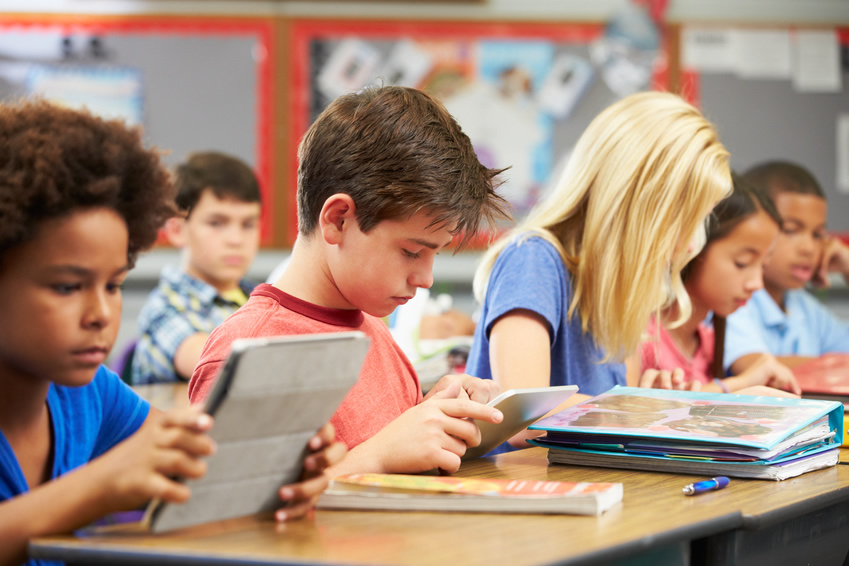Education technology is quickly evolving the landscape of the traditional classroom as the learning needs of students become more individualized in a standardized environment.
Gone are the days when TVs and overhead projectors were considered the state-of-the-art equipment in schools. Today, iPads, tablets, and virtual reality equipment are all part and parcel of primary, secondary and tertiary education in private and public institutions.
The evolution of the classroom
As the teacher’s role becomes more consultative, the classroom gets more autonomy, and students are expected to engage in self-directed, self-paced learning.
The educator facilitates learning, supports students that get stuck, and motivates them to learn more through lessons tailored to their needs and capabilities.
Of course, actual implementation is more complex and messy than this, but education technology has undeniable value for the modern classroom.
Initiatives to offer one iPad or one tablet for every student are taking place across the US and in many European and Asian countries, with the results confirming the significant boost technology gives to learning.
The 1:1 iPad initiative
The importance of having the right resources for all students is regularly expressed by people at all levels. It is also evident in the sheer number of initiatives that aim to offer one iPad or tablet for every learner.
While many schools and school districts are faced with education technology financing issues and budget cuts, a substantial number of schools found the funding and support from companies and nonprofits who were interested in implementing these 1 to 1 initiatives over the last four years.
The most famous case of failure in budgeting and resources came a couple years back when the city of Los Angeles made a deal with Apple and Pearson to distribute iPads throughout the school system that ended in disaster.
“Suspicions over the initial contract led to a probe by the Federal Bureau of Investigation (FBI) and the Securities and Exchange Commission (SEC),” according to TechTimes.
Apple then had to pay back $4.2 million to settle its failed “iPad for every student” program.
The majority of schools however, are just getting started on considering iPads and other technologies for the classroom.
Phasing in technology
Going from traditional to tech-driven classroom settings can be a huge shock for students even if they’re familiar with these technologies from home.
Phasing in technology is the most effective way to introduce the new means of learning, giving students plenty of time to familiarize themselves with their new learning tools and give them the confidence to use them for their learning.
Support parents and have them support the process
An equally important aspect of ed tech in the classroom is involving parents in the process. Parents need to know how to use these tools to boost their children’s learning and facilitate homework. When parents can understand the tools their children have to use, they will be able to help those children to make the most of those tools.
Teaching about technology
Before students start using technology to learn, they need to learn how to use it. This includes an introduction to technology as a tool that can help societies thrive and students learn more efficiently, but also as a tool that’s often abused or used for malevolent purposes.
Teaching children the musts and must-nots of technology, including its risks as well as its benefits, will ensure a more responsible use that technology. Children will learn the right ways to use these tools both as a classroom teaching aid and as a form of socialization and entertainment outside of it.
Teaching with education technology
Making the time to teach through technology means an amazing experience for both teachers and learners, once they realize how it can accelerate learning, engage learners more, and make education more hands-on and less theoretical.
What’s next
iPads and other hardware are of course only one aspect of learning. They’re the medium, but what ultimately matters is the content they use to facilitate learning.
Software, apps, and other technologies help students learn the tech skills necessary to make the most of the tech-driven learning experience. From software that teaches children how to type and to apps for learning new languages, students now have at their disposal a range of high quality learning aids to personalize their education.
Chassie Lee is the Content Expert for eReflect – creator of self-development softwares which are currently being used by tens of thousands of happy customers in over 110 countries.












